The Biggest Animal Rights Issues In The World
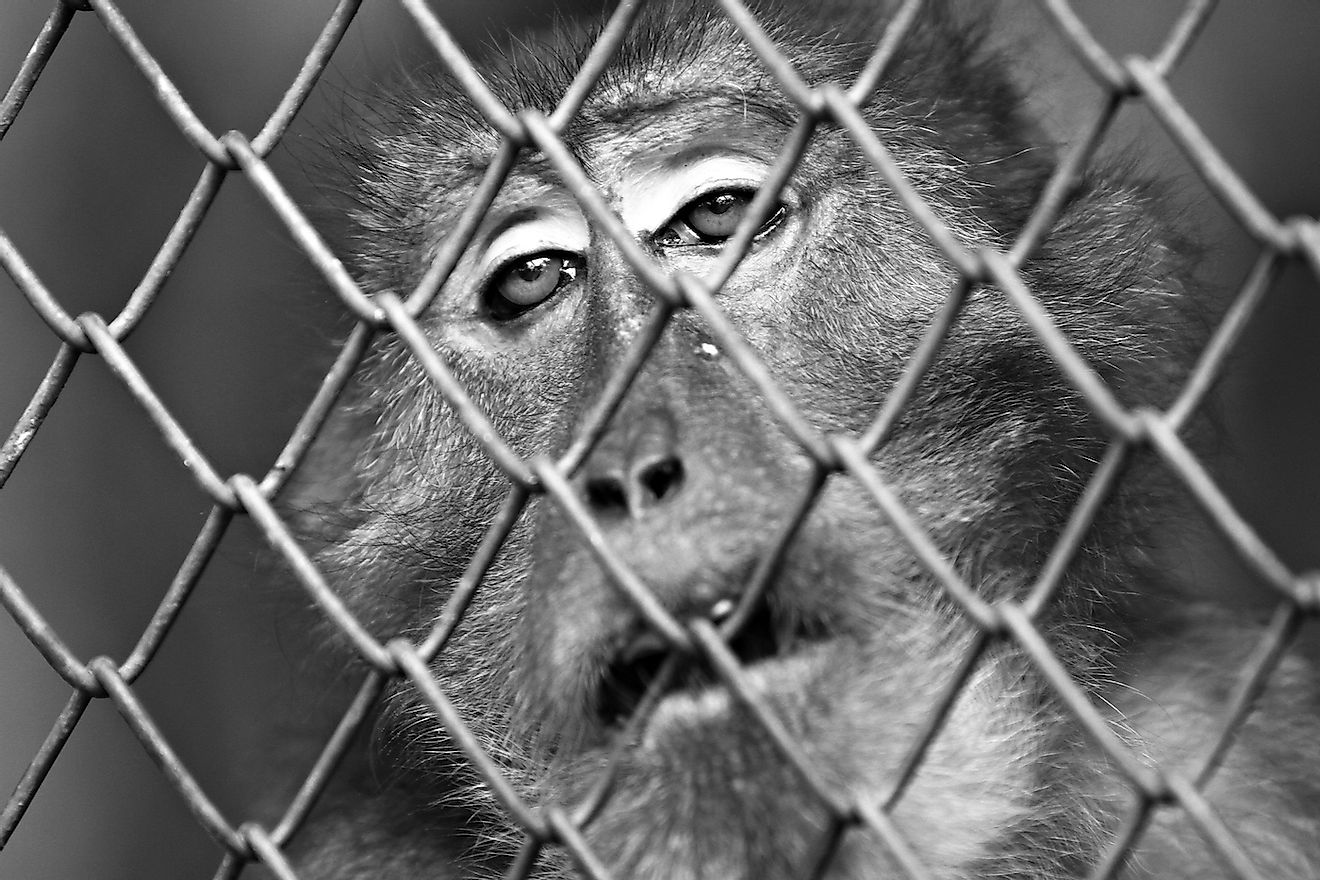
- Every year in the US more than 6 million lost or abandoned dogs, cats and other animals enter shelters
- Dogs from puppy mills are often sick and unsocialized
- 500,000 animals suffer and die worldwide every year in cosmetics tests
Animals share the world with us but the way we treat them isn't always the best. Despite their importance to our ecosystems and their pervasive effect in every part of our lives, most people rarely give a second thought to the welfare of animals in their care or otherwise. Groups like PETA and The Humane Society Of The United States fight to take care of animals as best as they can, but there's always room for more to be done. With so many issues in the world, it can be hard to stay abreast of all the important ones. Here are some of the biggest animal rights issues in the world.
10. Puppy Mills
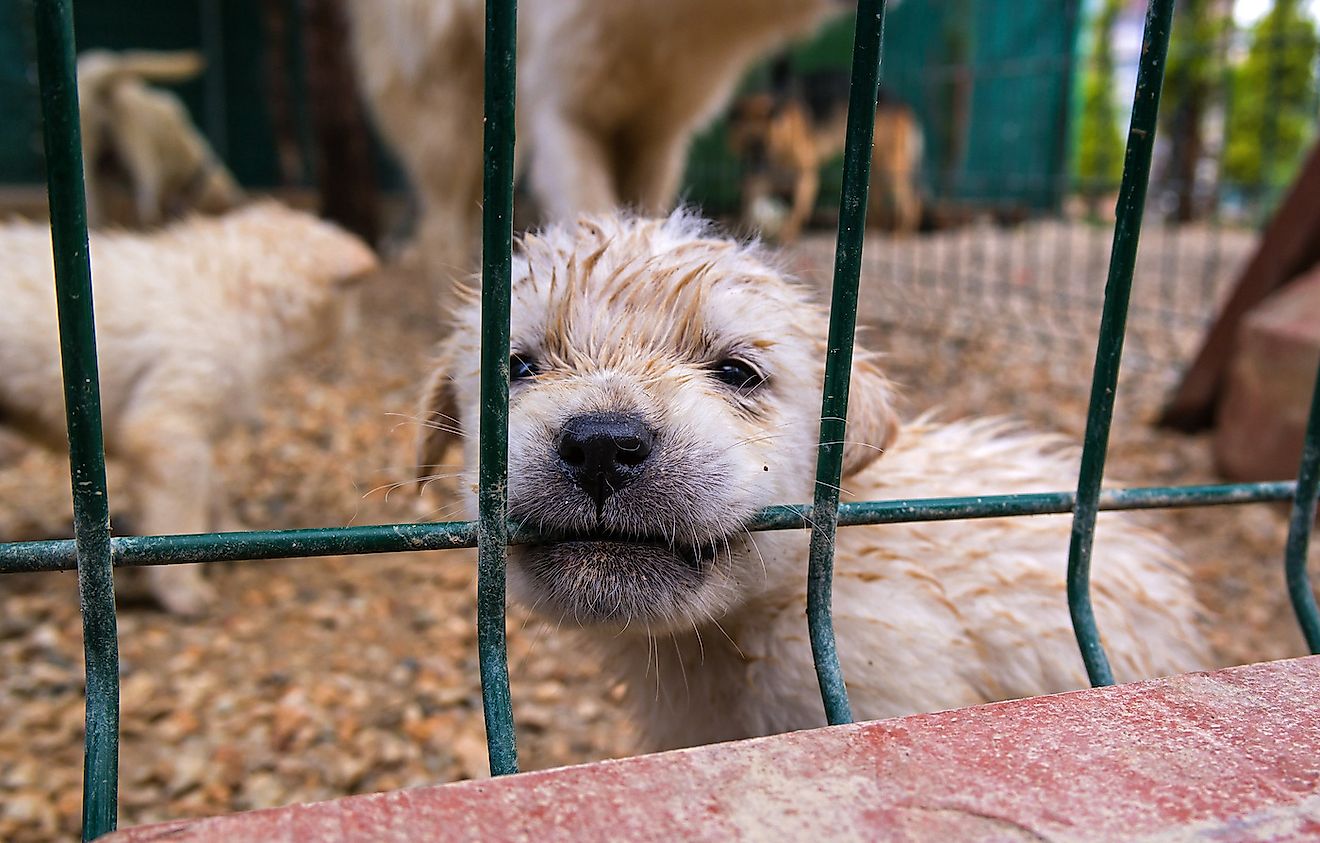
A puppy mill is a term that you may have heard of before. It refers to an often inhumane high volume dog breeding facility, one which rapidly spits out new puppies for the sole purpose of turning a profit. There is often little care given to the pups and their mothers. These mistreated dogs are then sold through avenues that include internet sales and even pet stores. Surprisingly, a large majority of puppies sold in stores and online originate from puppy mills, making it a large and relevant issue that needs to be dealt with more effectively.
9. Trophy Hunting
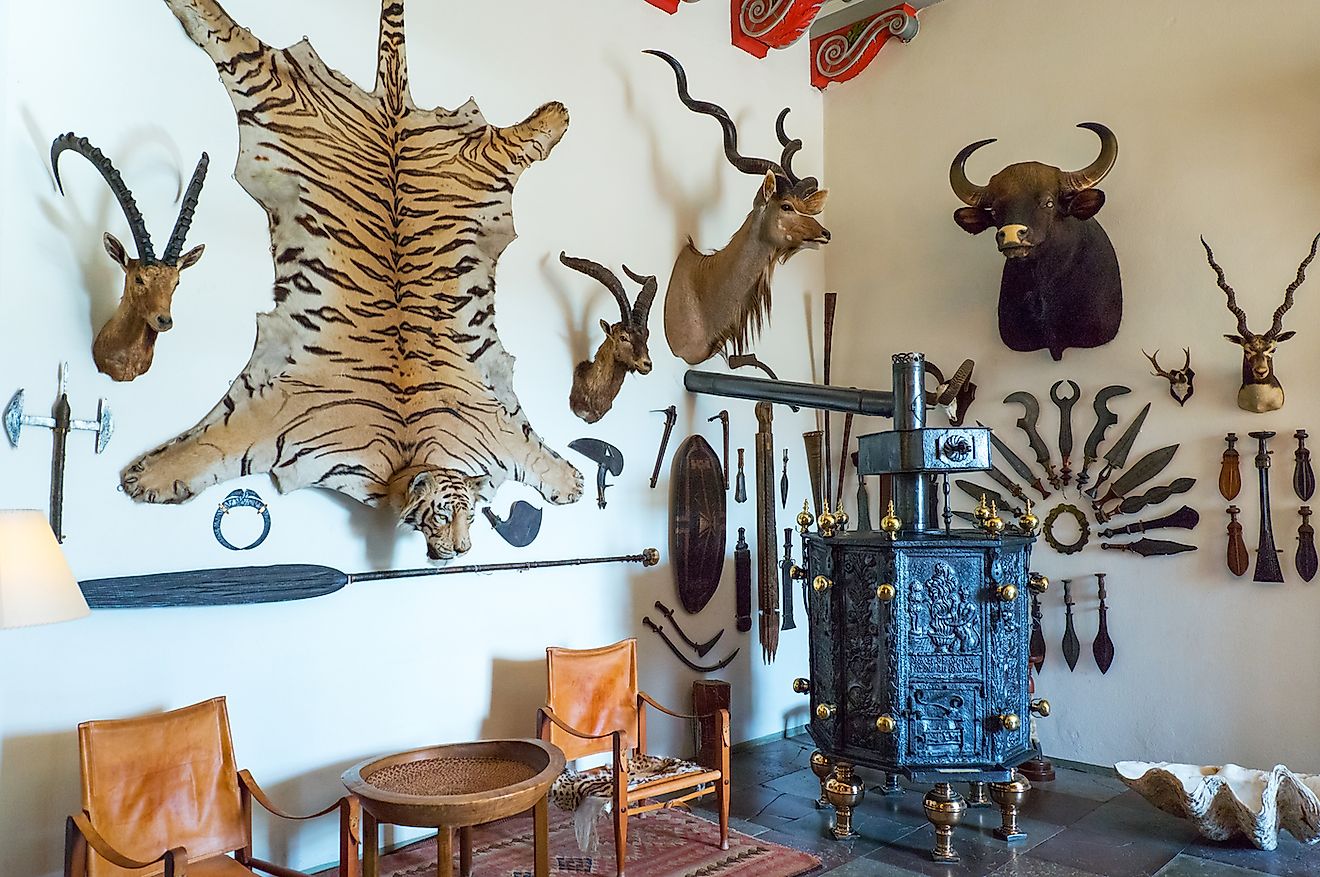
Trophy hunting is an off branch of hunting wherein the hunters participating are more interested in getting animal parts, or "trophies", for display and braggadocio rather than for any real need for food. Every year, thousands upon thousands of wild animals in the US and around the world are killed by these gun-toting figures, who often use cruel and unfair methods to hunt the animals. There are also trophy hunters who pay large sums to kill animals overseas, which you may have seen with photos of hunters next to the carcasses of exotic animals like lions.
8. Ivory Trade
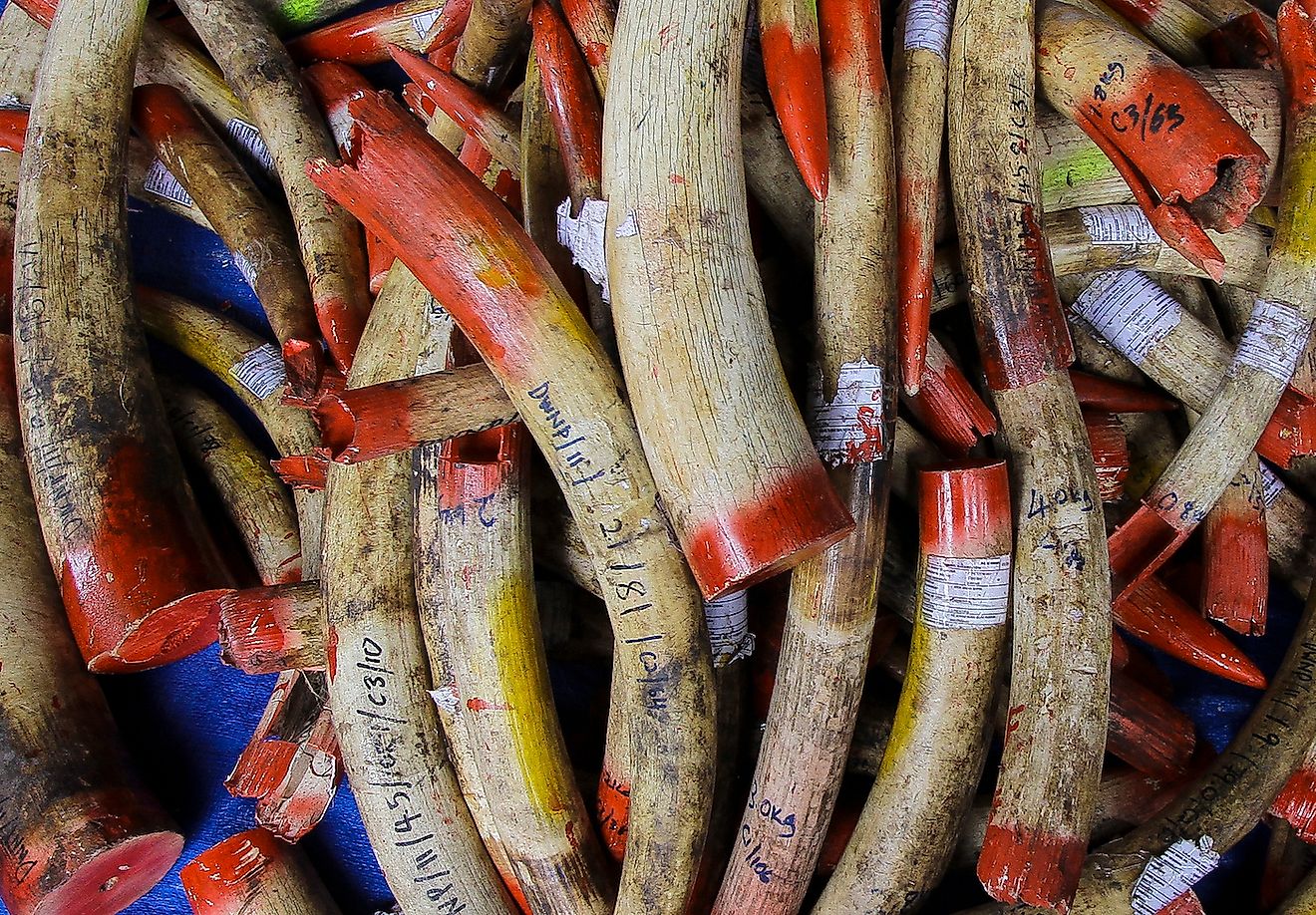
The ivory trade is somewhat like trophy hunting but is more focused on one specific part of the animal, that part being the ivory tusks which are commonly found on animals like elephants, walruses, and hippos, to name a few. The reason ivory is so valued is because of its use in making a variety of items, like carvings piano keys, and dominoes. It's also a very controversial practice that has contributed to seriously declining elephant populations and has been banned from import and export in a variety of countries.
7. Whaling
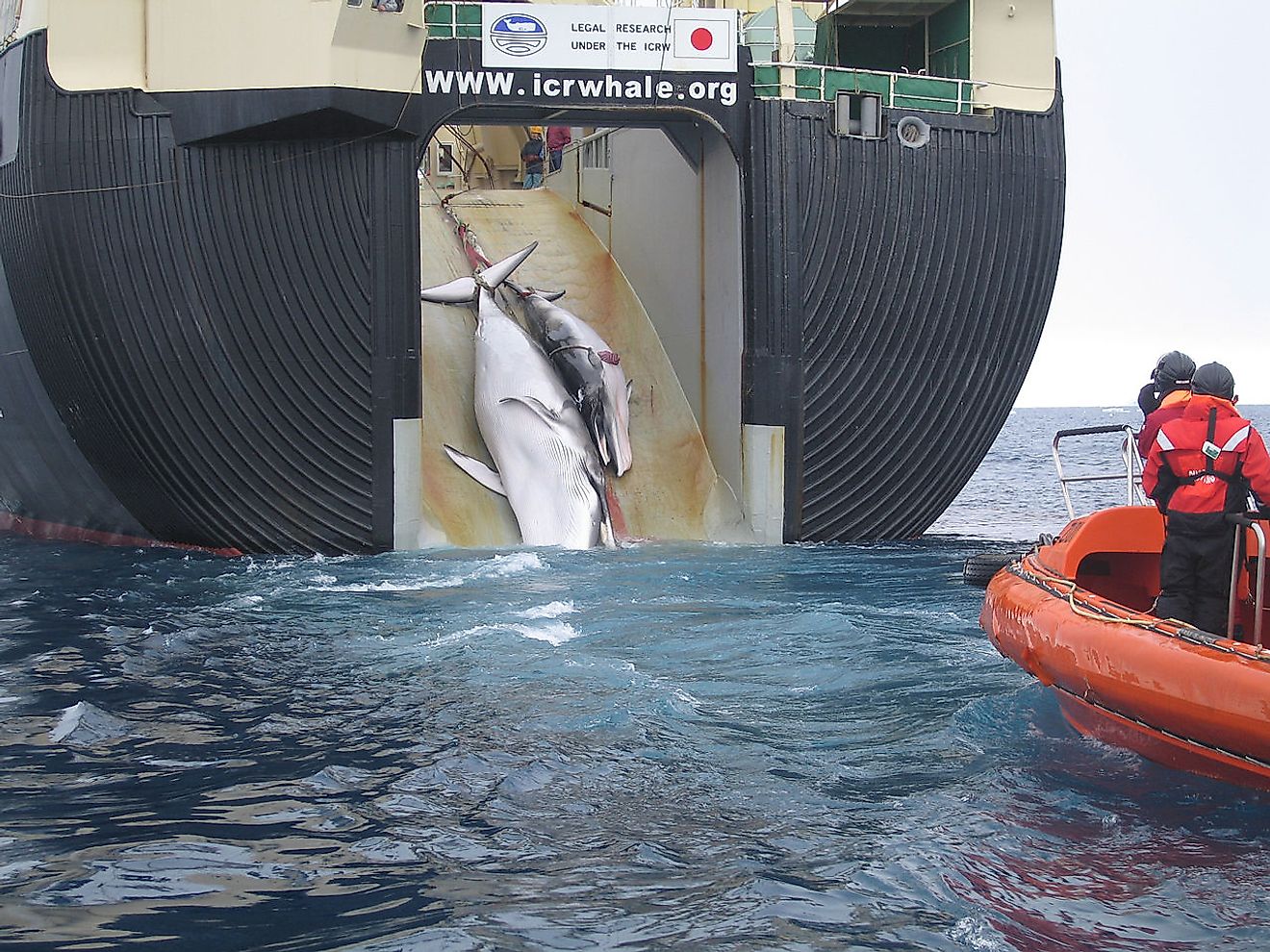
Continuing in the trend of animal rights issues that have to deal with hunters, we now arrive at the topic of whaling. Whaling refers to the hunting of whales for their usable parts like their meat and blubber. Whaling was an industry that originated as early as 875 AD and it still exists today, despite a growing debate over issues of sustainability and the suffering of these marine animals during the process of being hunted. The International Whaling Commission issued a moratorium on whaling in 1986 but that hasn't stopped all activity in the sector.
6. Abandoned and Mistreated Pets
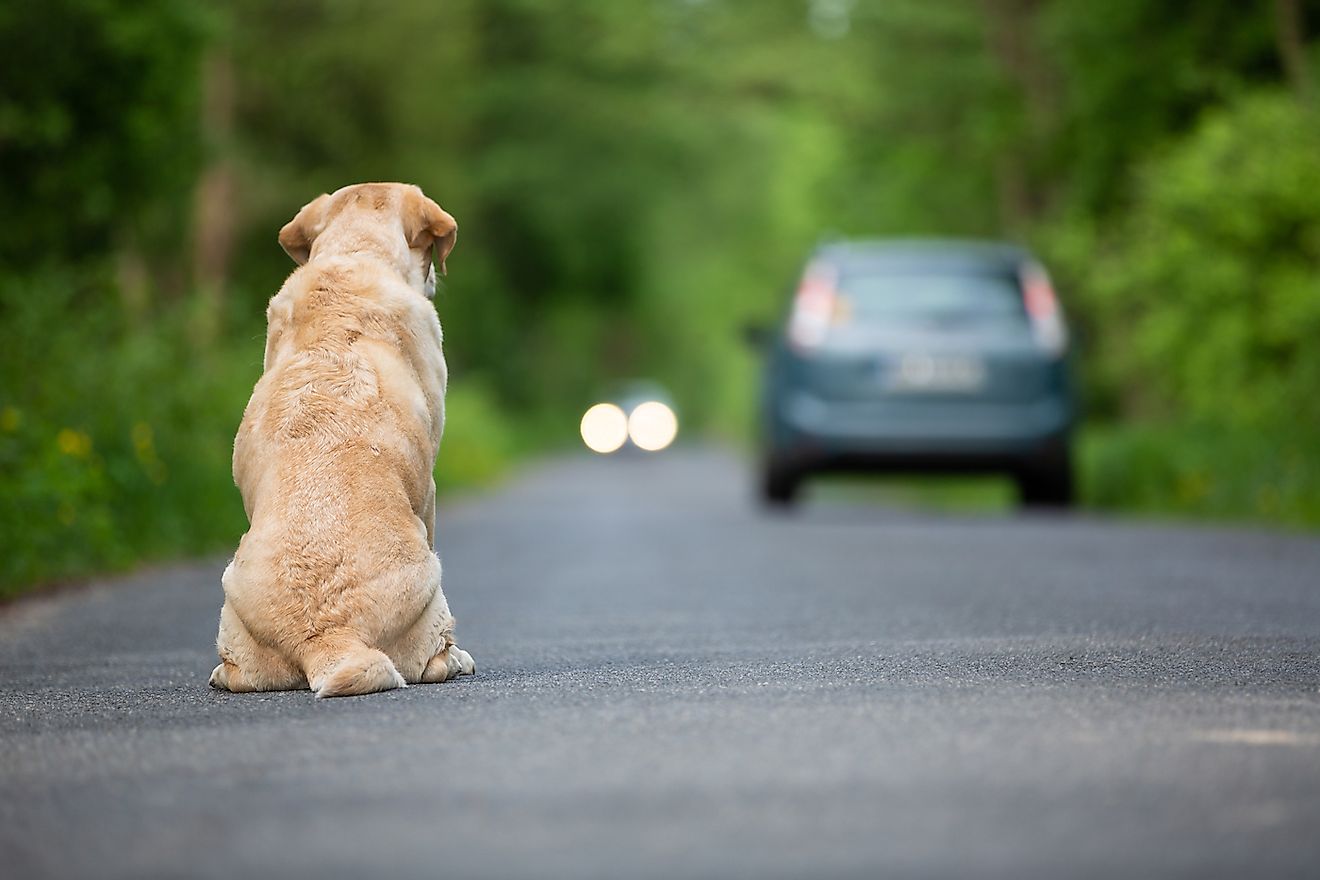
Another topic of consideration that hits a bit closer to home for most and which could feasibly be noticed in everyday life is the mistreatment and abandonment of pets. Though many animals are lucky to have caring and responsible owners just as many are suffering on the street or at the ends of a terrible owner. This issue includes things like being kept outdoors all year or being kept in otherwise awful conditions. There is also an issue of animal overpopulation with millions of animals abandoned to shelters every year only to be euthanized because of a lack of adopters.
5. Animal Sports
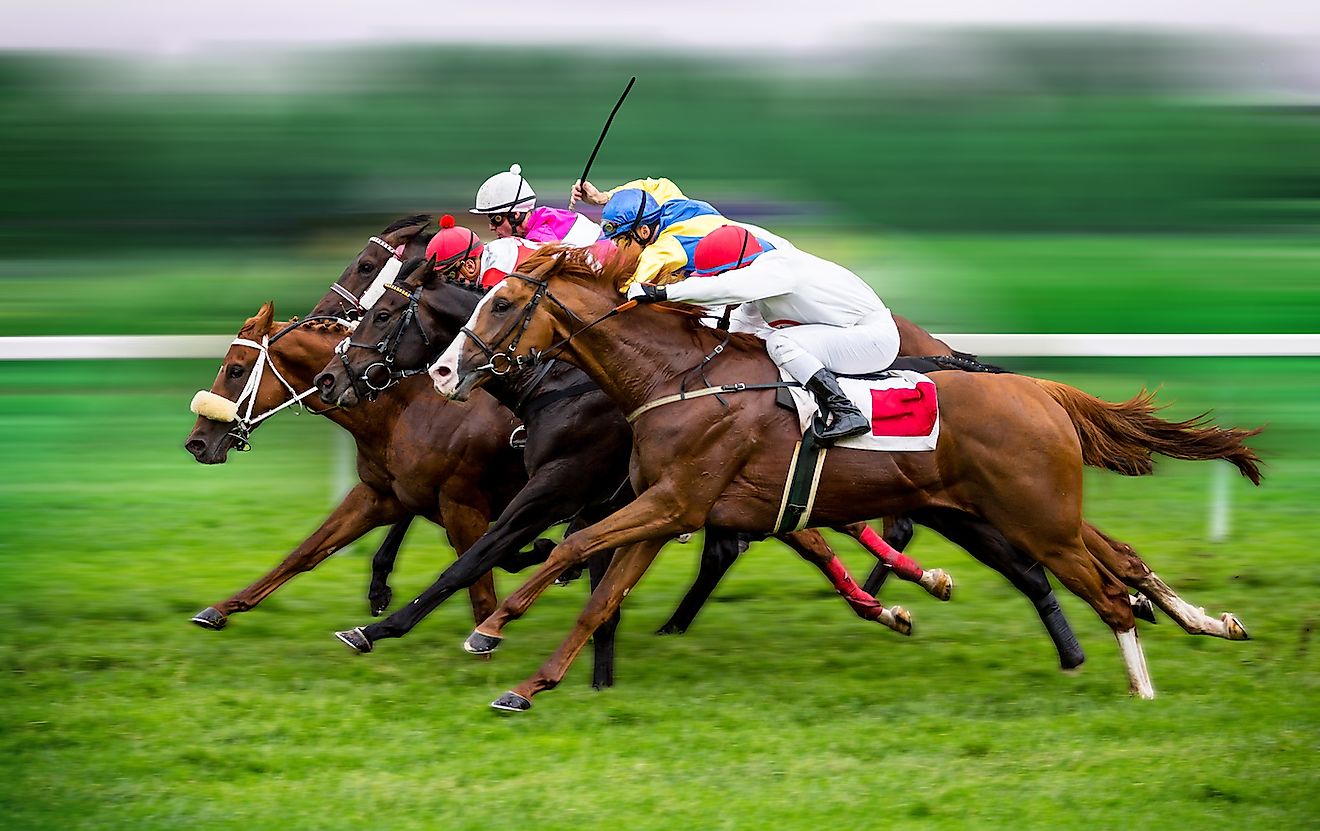
Animal sports encompass legal activities like greyhound racing, horse racing, and marine animal performances but also include illicit activities like dogfighting. Animals are often used for entertainment in these ways, forced to perform their roles, sometimes under threat of physical punishment if they don't act and do exactly what they are mandated to do. Public perception towards these sports has gotten more negative as time goes on, but that doesn't stop them from continuing to run, producing money on the backs of animals that don't know a life beyond their small purview.
4. Clothing Industry
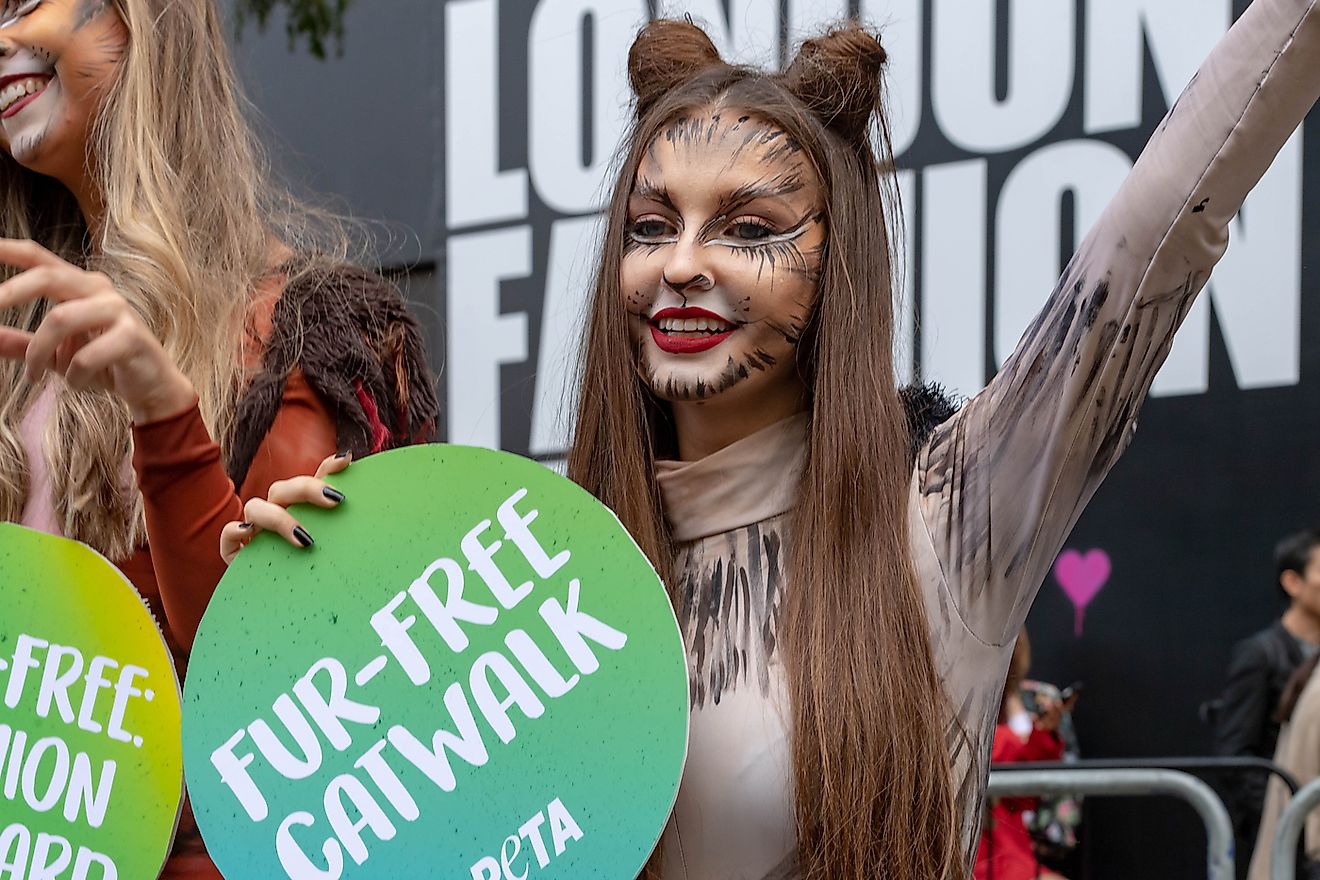
Parts of the clothing industry rely on the skins of animals to produce the outfits that they sell. Oftentimes skin is torn from animals, feathers taken off of birds, sheep sheared and fur ripped from a variety of wildlife to produce these articles of clothing. PETA's investigations into these trades and industries have exposed widespread and relentless abuse of animals. While many people are now against wearing animals, the fact of the matter is that there are still enough clothes being sold to warrant the use of their animal sources.
3. Experimentation
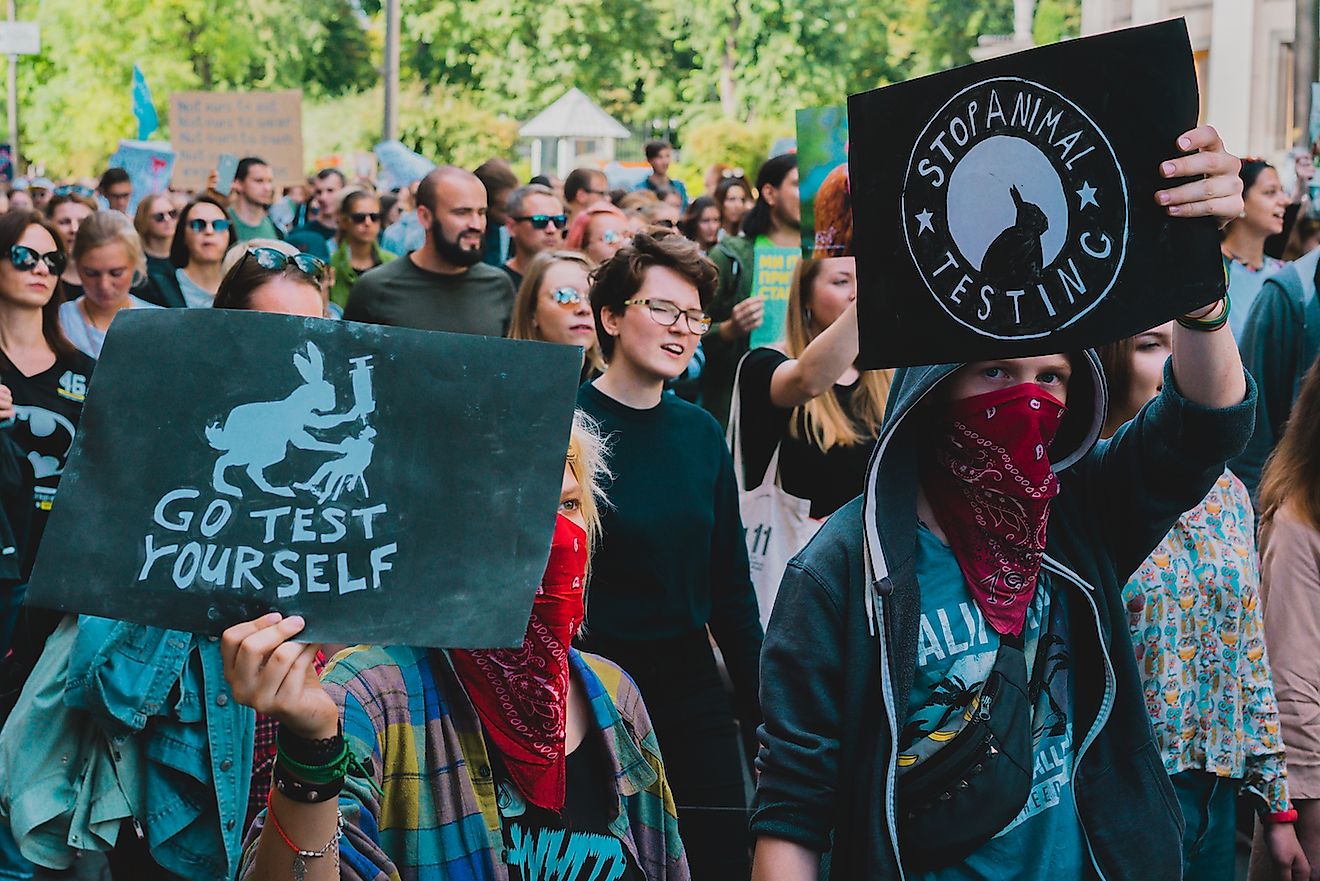
Animal testing is still a big thing in many laboratories across the country and the world. Millions of mice, rats, rabbits, monkeys and other animals are trapped inside barren cages in sterile testing environments. With minimal environments and interactions beyond being experimented upon, these animals live a sad and unfulfilled existence. One particular area of note of animal testing is in the cosmetics industry, with 500,000 animals used in cosmetics tests worldwide every year in spite of 39 countries banning the practice and more than 250 companies endorsing the humane cosmetics act.
2. Factory Farming
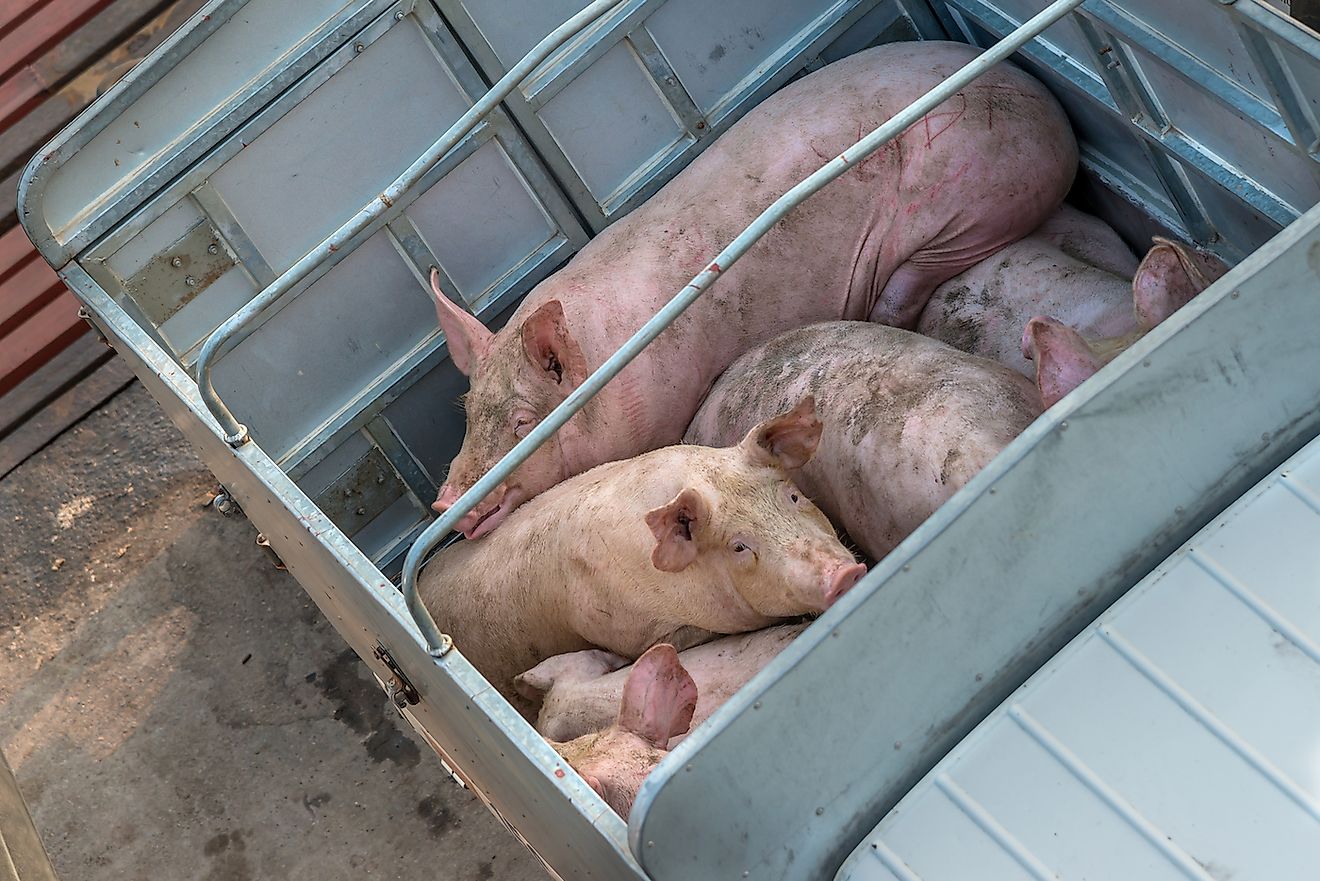
Factory farming is another unfortunate fact of our society's supply chain, so focused on efficiency and quantity that it often ignores the welfare of its animals. On factory farms, egg-laying hens can be found packed into cages smaller than their wingspan. Baby calves are taken from mothers and confined in crates so small they can't move. And there are more animals who are treated to conditions like these in the pursuit of food. Factory farming causes animals to suffer and has also been linked to greenhouse gases and climate change, which leads us nicely into our final issue.
1. Climate Change
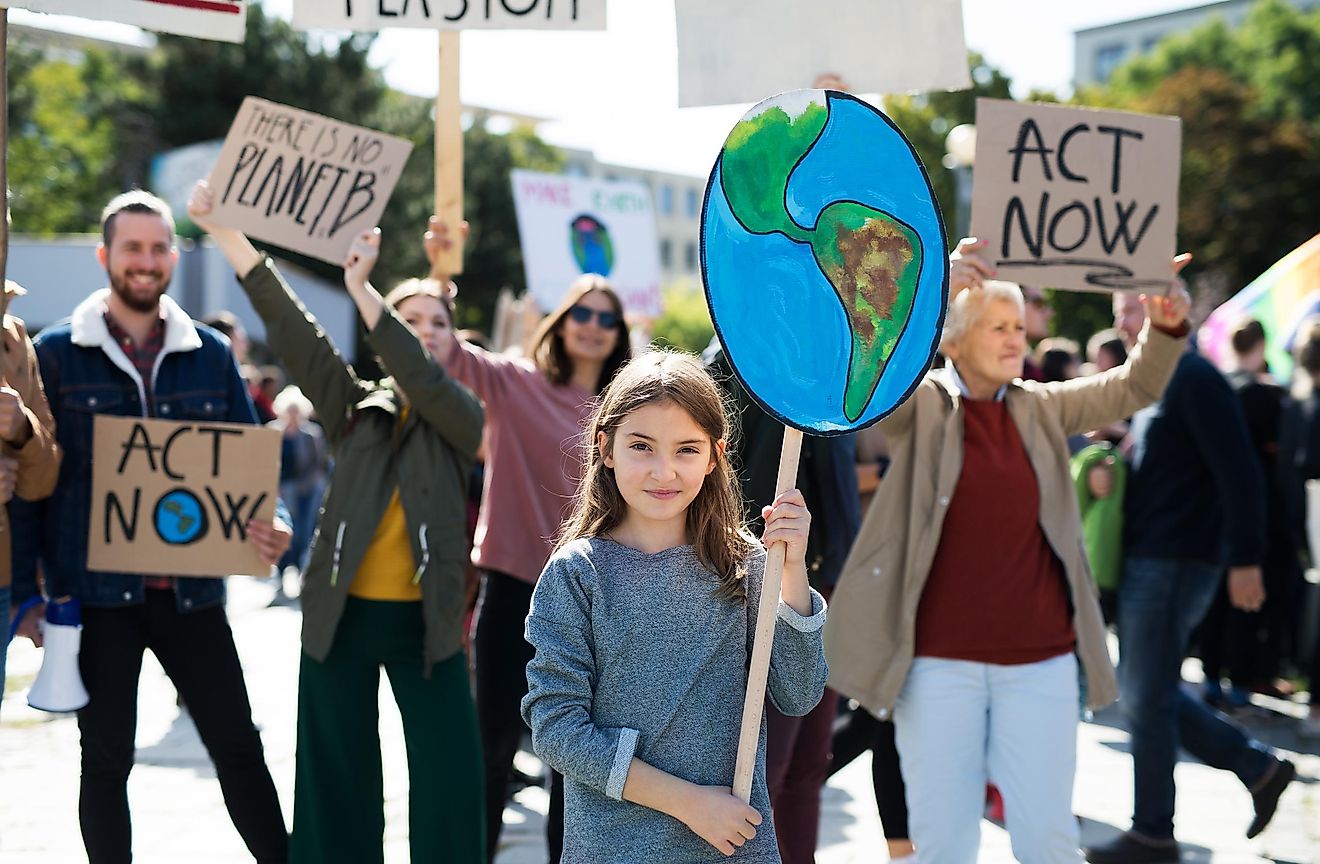
Climate change is the big issue that affects all organisms on this earth, humans included. Sea levels are on the rise, droughts threaten crops, and cities are on the edge of sinking into the ocean. On the animal side of things, wildlife and its diverse array of forms are increasingly threatened by world conditions that negatively impact animal habitats, from the Amazon to the Arctic, to coral reefs in between. The list of animals that are at risk grows every day and includes elephants, dolphins, giant pandas, and monarch butterflies.







